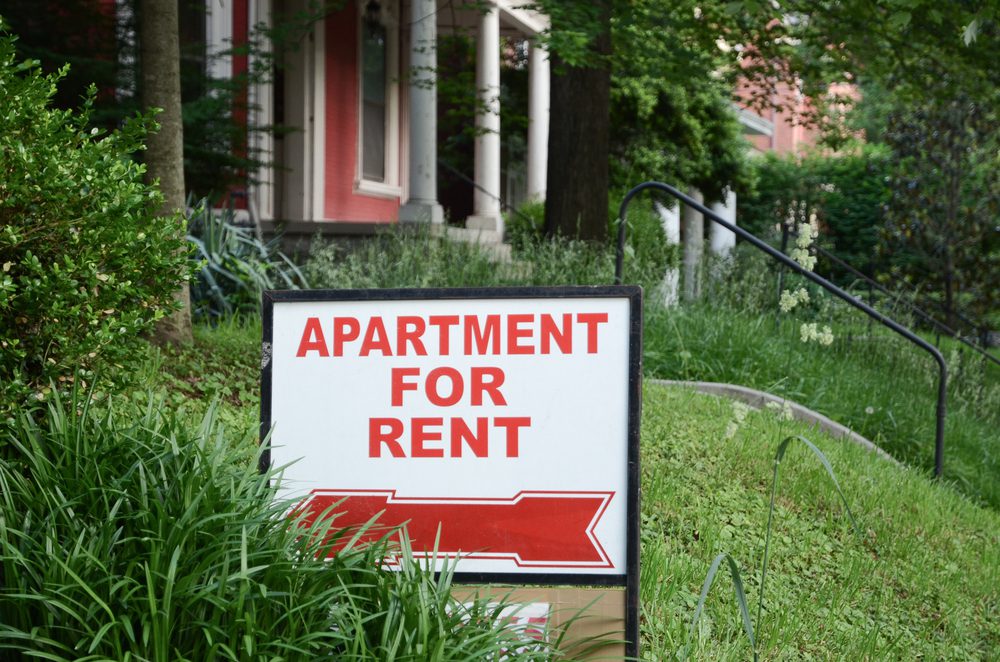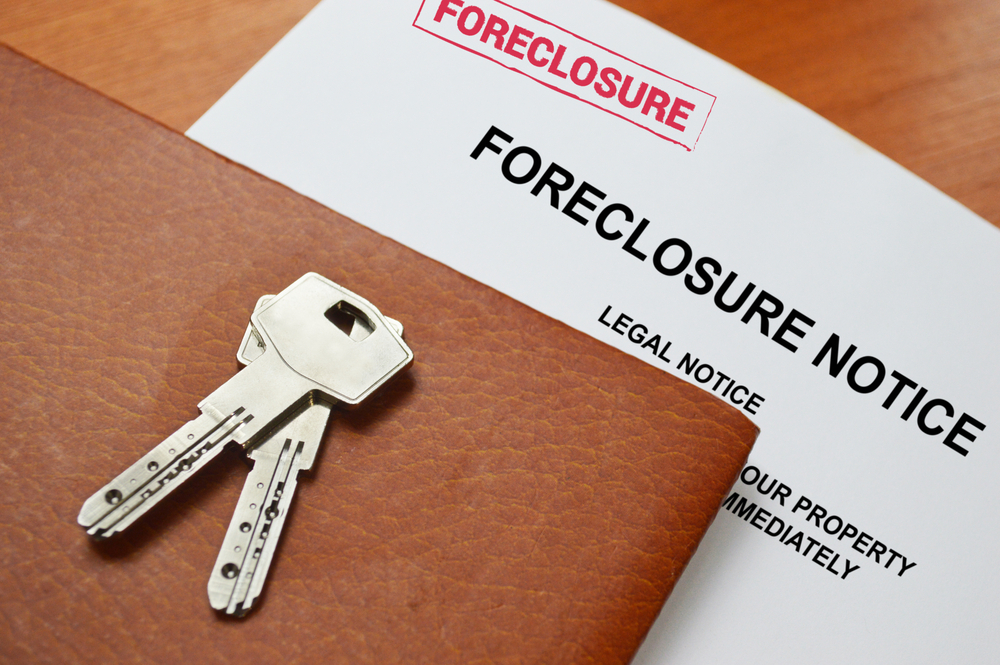New York is the city that the whole world dreams of. For many, this is an ideal place to build a career, get an education, or breathe the air of the most famous metropolis every day. Every year, tens or even hundreds of thousands of people come here who need somewhere to settle. Finding an apartment in New York is a challenging task. There is a desperate shortage of housing, landlords dictate terms, and government attempts to regulate the process create additional complications. How to complete this quest and get your place in the sun? Discover insider tips and expert advice on how to successfully Rent an Apartment in NYC with the guidance of a seasoned realtor at CashBuyersny.
What should you prepare for when looking for an apartment in New York?
A foreigner who takes his first steps in finding housing will face many unexpected moments. A good apartment is difficult to find and easy to lose if you think too hard. The landlord will require a substantial package of documents, including certificates from your place of employment and from the bank. He will also ask for your credit rating. What do you do if you have just moved and have yet to start working? And what kind of credit history can an immigrant have?
Next, you will need to pay a fee to the broker. Of course, you can find an advertisement yourself and do without intermediaries. However, landlords sometimes resort to tricks that will legally cause them to charge you more than meets the eye.
Step 1. Looking for a home
Start your search approximately 30–45 days before you want to move into your new apartment. If you find a good option, contact the broker and arrange a viewing. Visit the property with pre-prepared documents and make an offer right on the spot. Good options on the market do not last long!
-
Deciding on the regions
If you absolutely want to live in Manhattan but are on a budget, pay attention to the areas with the lowest prices. This is the East Village, Yorkville, Harlem, Upper Manhattan.
In contrast, the most expensive areas of Manhattan are Tribeca, Chelsea, West Village, SoHo, and the Upper West and East Side.
There are excellent options in other boroughs, most notably Brooklyn and Queens. These include Williamsburg, Long Island City, Astoria, Prospect Park, Greenpoint, Fort Greene, and Carroll Gardens.
-
Let’s start the search
If clients study the offers themselves, then it makes sense to start with the Internet. Housing for rent is offered on many specialized websites. Here are the main ones.
There are many more sites for finding apartments, including RentHop, LineCity, Zillow, Trulia, Apartments.com, Realtor, Hotpads, and Redfin. Unusual services can also be useful, say, Nextdoor – for nearby neighbors, Frele – with videos instead of photos in ads, and Transparentcity – search for housing by management companies in the city.
Step 2. Collecting documents
The landlord will carefully examine your financial viability. In this regard, you will need:
- Identity document.
- An official letter from work indicating salary, position, and length of service.
- Tax reports for the last two years.
- Copies of your two most recent paychecks.
- Bank statements for the last three months.
- Contacts from the previous rental location.
- Any letters of recommendation, both personal and from work, will be very helpful.
- Credit history.
Banks compile a credit history and credit rating in order to make a decision on approval or refusal of a loan quickly. However, for the homeowner, this is a very clear indicator of the candidate’s solvency, indicating whether this person can be trusted. A rating of 700 points is considered good.
Therefore, after moving to the United States, foreigners are advised to acquire a credit history. To do this, you can take out any consumer loan and pay it off carefully. It can take a year or two to get a credit score, so start the process as soon as you arrive.
In general, immediately after your arrival, take the time to open a bank account and obtain a Social Security number, Taxpayer Identification Number, and/or New York City ID.
A landlord can rent you a home without a credit history – if the other documents are in order, but having one significantly increases your chances.
Step 3. Calculate the budget
In New York City, the “rule of forty” requires that a tenant’s annual income (before taxes) be at least 40 times the monthly rent. That is, if you want to rent an apartment for $2 thousand per month, you need to earn at least $80 thousand per year.
The fact is that the laws in New York are always on the side of the tenant. They also prohibit simply evicting a tenant if he stops paying. Therefore, the landlord wants to play it safe. Before he lets you into his square meters, you will have to prove your reliability using the above package of documents.
If you qualify, at the time of signing, you will be required to pay the first month’s rent, a deposit equal to the cost of one month, and a brokerage fee if an agent is involved in the transaction.
Utility bills, Internet, and T.V. fees are not included in the rental price – they are paid separately.
In addition, depending on the type of home, you will need to pay extra for:
consideration of the application;
- credit check;
- entry and exit;
- insurance;
- additional home amenities such as a fitness center or pool;
- parking;
- bicycle storage;
- keeping pets, etc.
What to do if documents do not meet standard requirements?
If your income needs to be higher or you need to have documents from the list, the following options exist.
-
Find a guarantor
There are underwriter insurance companies in New York, such as Rhino, Jetty, or Insurent, that will vouch for you. You fill out an application on the website, and within 24 hours, you will be given a guarantee. The cost of such a guarantee is approximately equal to the rental price for one month. Such companies can also help with the payment of the security deposit.
The guarantor can also be a relative or acquaintance. The same documents will be required from him as from the tenant, but the “rule of eighty” will apply in relation to income: the guarantor’s annual income must be at least 80 times the monthly rent. In addition, the guarantor must be a U.S. resident or citizen.
Foreigners usually require a guarantor since most do not have a credit history or SSN (Social Security Number).
-
Rent not an apartment but a room.
View room rental options. Their cost varies from $650 to $1500. This is a great first option for finding a permanent apartment in New York. In addition to the lower price, the advantage will be that you will not need to submit a large list of documents that are required when renting an apartment.
Step 4. Sign the agreement
Suppose you have all the necessary documents and you like the apartment. In that case, it is better not to delay concluding the contract. There may be several applicants for a good apartment at once. In this case, the landlord will, of course, choose the best one. Rather, he will give preference to the one who is ready to sign the contract first and pay the money.
-
Lease contract
A lease agreement is a legal document. Therefore, be sure to read it carefully before signing. You must ensure that all information is correct. If you still have questions, ask your broker or landlord. Make sure everything is explained to you before you sign. Check and carefully read all documents you are asked to sign.
Before signing a contract, look at the apartment again – the landlord is obliged to provide you with this opportunity. Make sure that everything works and that all obligations under the contract have been fulfilled by the landlord (including those related to repairs and furnishings).
-
Payments
Make sure the rent you agreed to is listed correctly in the lease agreement. Be sure to check the address and apartment number. Check the rent due date.
Make sure the contract states the correct amount of the deposit. The deposit is now limited to one month’s rent, so you cannot be asked to pay more. The deposit must also be returned to you within 14 days of leaving the apartment.
Ask what is included in the rental price, and make sure the contract clearly states who is responsible for what.
Find out in advance how much utility costs will cost and what else you will need to pay for. Some landlords, especially in buildings without separate meters for each apartment, may include utilities in the monthly rent. But usually, only water and heating are turned on.
-
Contract extension
The standard contract period is 12 or 18 months. Please read the terms and conditions of its renewal carefully. You’ve spent a huge amount of time, money, and energy searching for an apartment, and the first year will fly by. Make sure you have the option to extend your lease. If the contract says that you need to notify the landlord to do this, set a reminder for yourself and be sure to call the landlord at the right time to inform him of your intention.
-
Early termination of lease
If you plan to leave your apartment early and want someone to take over your rental, you should discuss this with your landlord in advance. Perhaps he will allow you to sublet the apartment, or you can terminate the contract without losing the security deposit. Of course, suppose you initially assume that you will have to move out early. In that case, it is better to discuss this issue with the landlord in advance before signing the contract.
-
Animals
If you have a pet or are planning to have one, be sure to make sure that the lease agreement states permission for its presence in the apartment. Many buildings do not allow pets. But even if it is generally allowed, find out in advance if there are weight or breed restrictions – these are not uncommon in American condominiums.
-
Repair
If the landlord has agreed in advance for you to make repairs or alterations to the apartment, make sure this is reflected in writing in the lease. Otherwise, you will be responsible for returning the apartment to its original condition.
Additionally, if the landlord promised to paint the apartment by your move-in date but didn’t do it on time, you may be able to get a discount on your rent.
If the apartment is furnished, the tenancy agreement must contain a list of all furniture that is provided to the tenant, as well as confirmation that all these items are in place at the start of the tenancy.
Step 5. Calculate how much to pay the agent
In New York, the realtor’s commission is usually paid by the tenant, which is very different from the rest of the country. This is due to the fact that the supply of apartments in New York is limited, but the demand from tenants is truly limitless. This allows New York City landlords to pass on the brokerage fee to the tenant.
Typical rent broker commissions in New York City range from one month’s rent to 15% of a year’s rent.
Final Words
As you can see, renting an apartment in New York on your own is possible, but to do this you almost certainly need to live in the USA for at least a year and have a good understanding of local realities. In other cases, the participation of a broker will make your life much easier.






